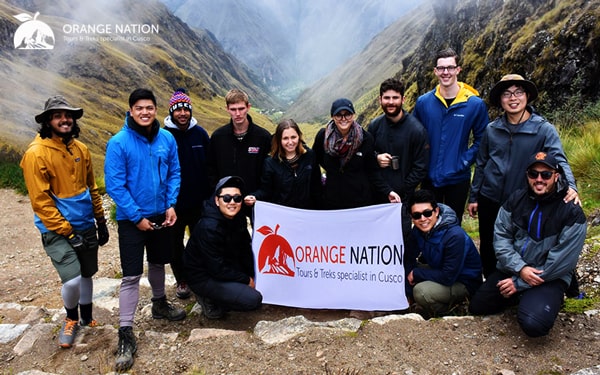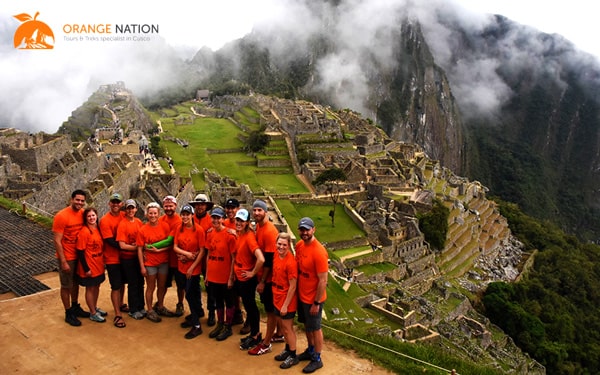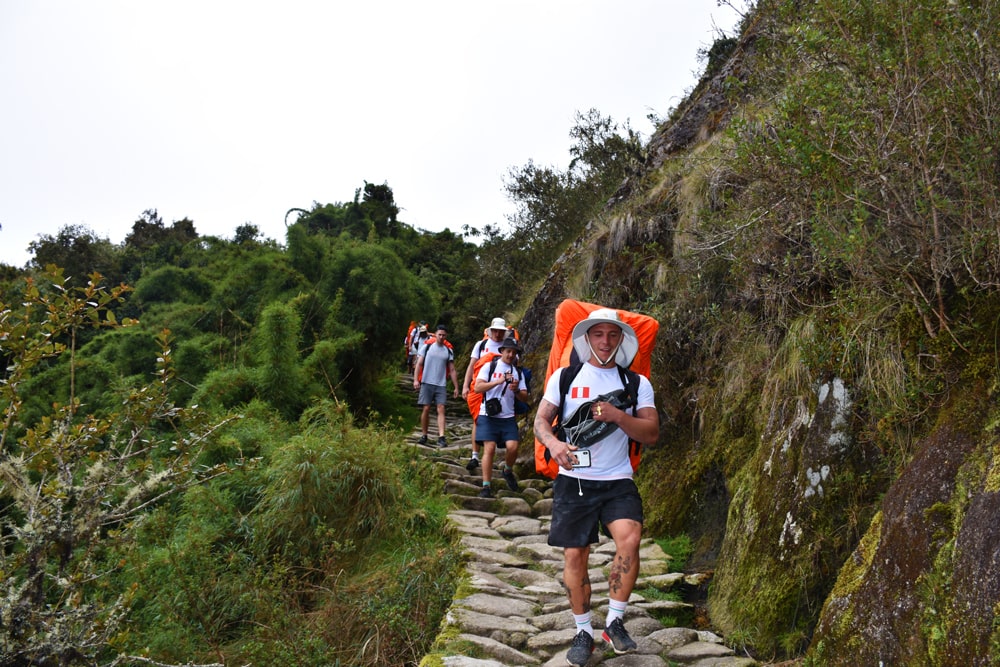
Are you thinking about trekking the Inca Trail? Do you want to walk through the Sun Gate to see the majesty of Machu Picchu at sunrise? Here are the top 10 things you should know before you embark on this once in a lifetime adventure!
1. Why should I do the Inca Trail?
The Inca Trail is the most famous trek in the world! You walk in the footsteps of the Inca, past unparalleled Inca ruins on the ancient pilgrimage route to Machu Picchu.
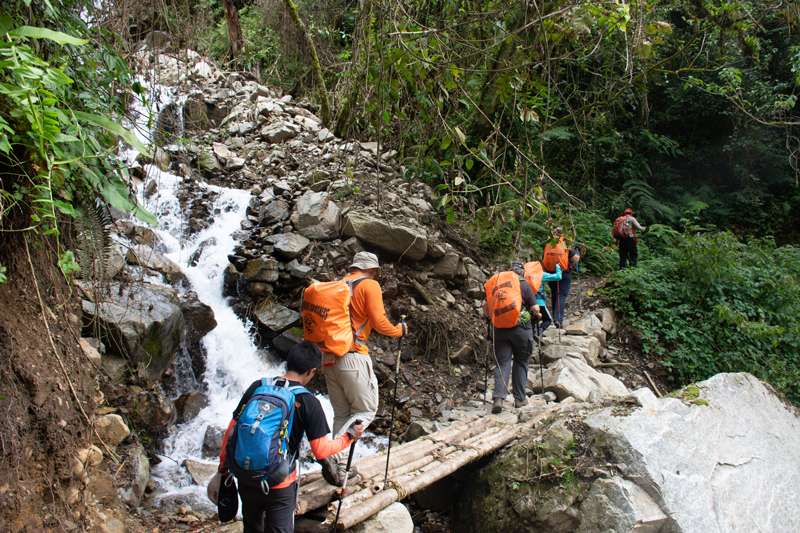
You walk through an astounding variety of microclimates, each with exotic flora and fauna. It is a physical trial that will prove to yourself that you are up to the challenge.
Most importantly, it is a unique experience unlike any other trek in the world!
2. What kind of physical condition should I be in?
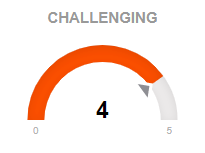
You do need to be in good physical condition and should also consult your doctor before signing up for the trek. It’s important to have a regular exercise routine and go on some practice walks or hikes.
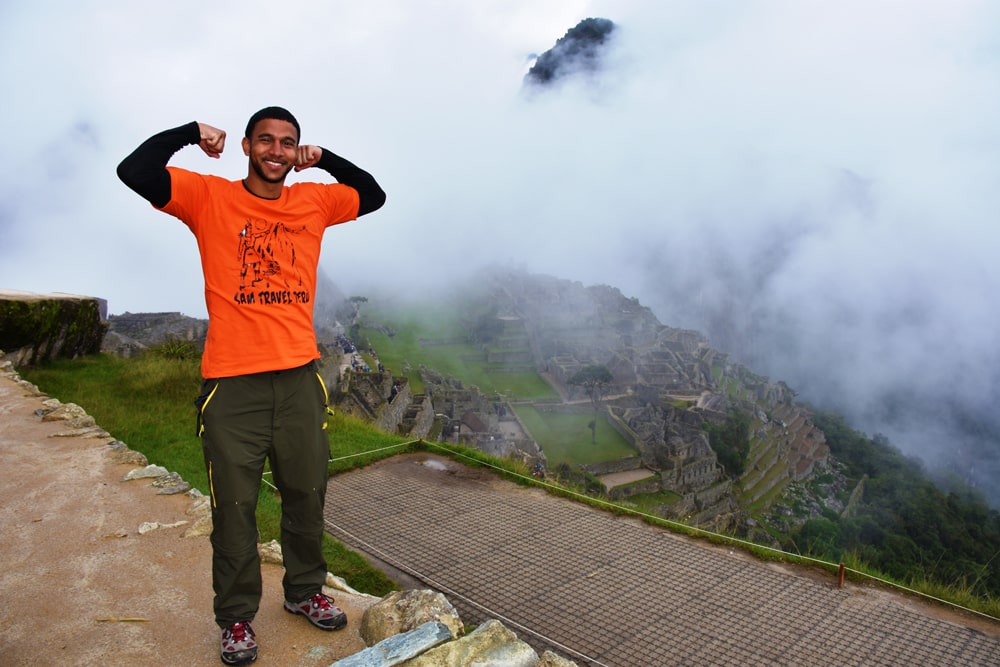
3. Is the Inca Trail dangerous?
Only if you’re not careful! The trail is narrow in some places, with sections that are quite steep up and down. There are a few places of sheer drop offs and steep mountainsides.
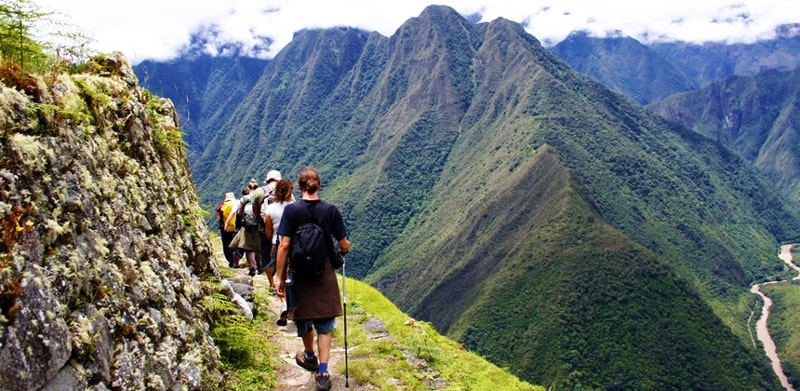
Even during the dry season, the stones of the Inca Trail can be slippery. The many spectacular Inca ruins you will walk through along the trail have some steep stairways and terraces, which can be dangerous.
4. What should I bring with me on the Inca Trail?
Check this link for a complete packing list: LINK
The most important gear is your hiking boots. They should be comfortable, worn in and you need to know which socks you can wear with them so that you don’t get blisters.
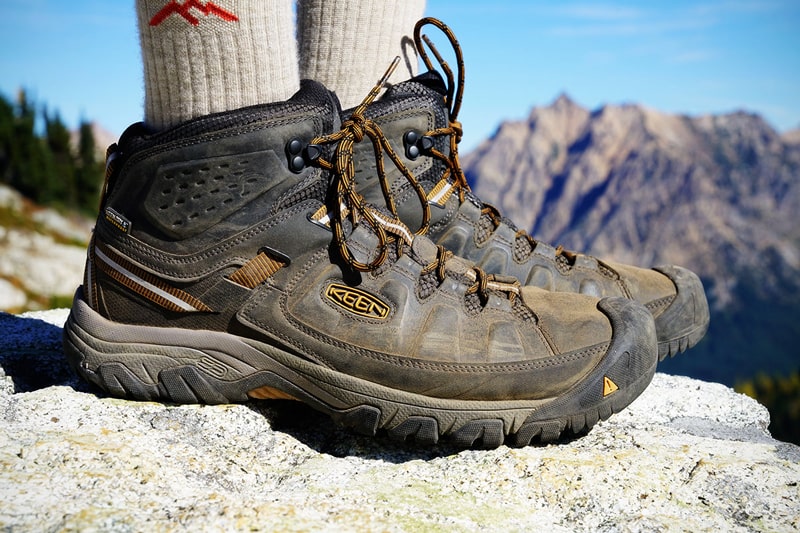
They should have good traction because this stone trail has been walked on for hundreds of years and some of the stones are very smooth and can be slippery. It’s highly recommended that your hiking boots be waterproof and also provide ankle protection.
Also essential is a good daypack of about 25 liters. It should have a waist belt to take the weight off your shoulders.
Even without much weight in your backpack, carrying any weight on your shoulders will tire you out faster than carrying it on your hips. Chest straps also make backpacks more comfortable.
You do not need a larger daypack because most of your belongings will be carried by the porters.
Even in the dry season, you should bring good rain gear because one of the microclimates you will walk through is a cloud forest. Obviously, walking through a cloud is damp and can be rainy in any season. Rain jackets and pants are both recommended.
You should plan to wear layers because of the many different microclimates that you will go through.
Also, on some of the more strenuous uphill sections of the trail you might want to be hiking in a short sleeve shirt but when you get to the pass, a cold wind can hit you and you’ll want to put on a fleece or thermal layer and your rain jacket to use as a windbreaker.
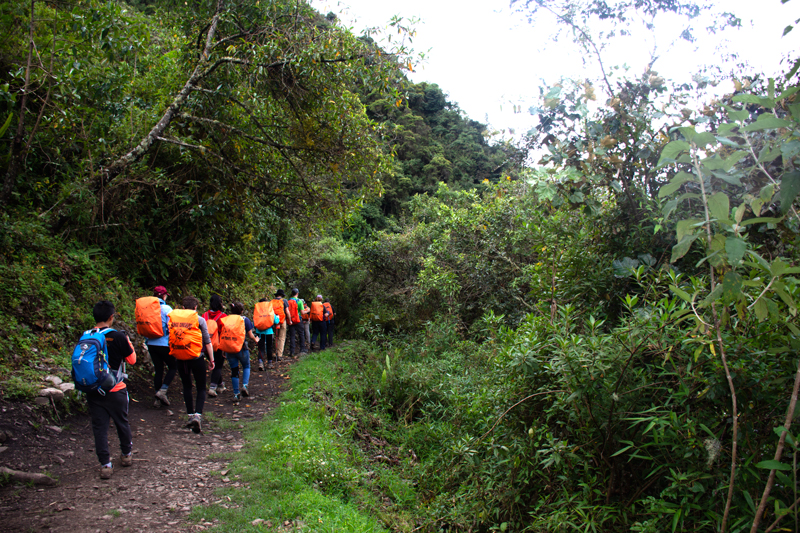
Also, to prepare for the variety of microclimates, you should have a plastic poncho and rain pants.
Hiking poles can be a great help on the trail – especially if they are adjustable! On the uphill you can shorten them and on the downhill you can lengthen them. They are super helpful if you have ever had knee issues but are also useful for anybody. They help you balance, which takes stress off your knees and ankles.
They are also a great way to take pressure off your knees on the steep downhill stone stairs that the Inca built. This trail is not like any other that you have hiked!
The stairs are the biggest challenge for most people and hiking poles definitely help on the stairs.
5. What should I carry in my daypack?
We recommend at least 1 liter of water. Bring a reusable bottle because disposable plastic bottles are now banned on the Inca Trail as the government tries to limit the impact of plastic on our environment.
Your cooks will purify and boil water to refill your water bottles after each meal. Bring a full water bottle for the first morning, but afterwards your cooks will provide clean water for you three times per day.
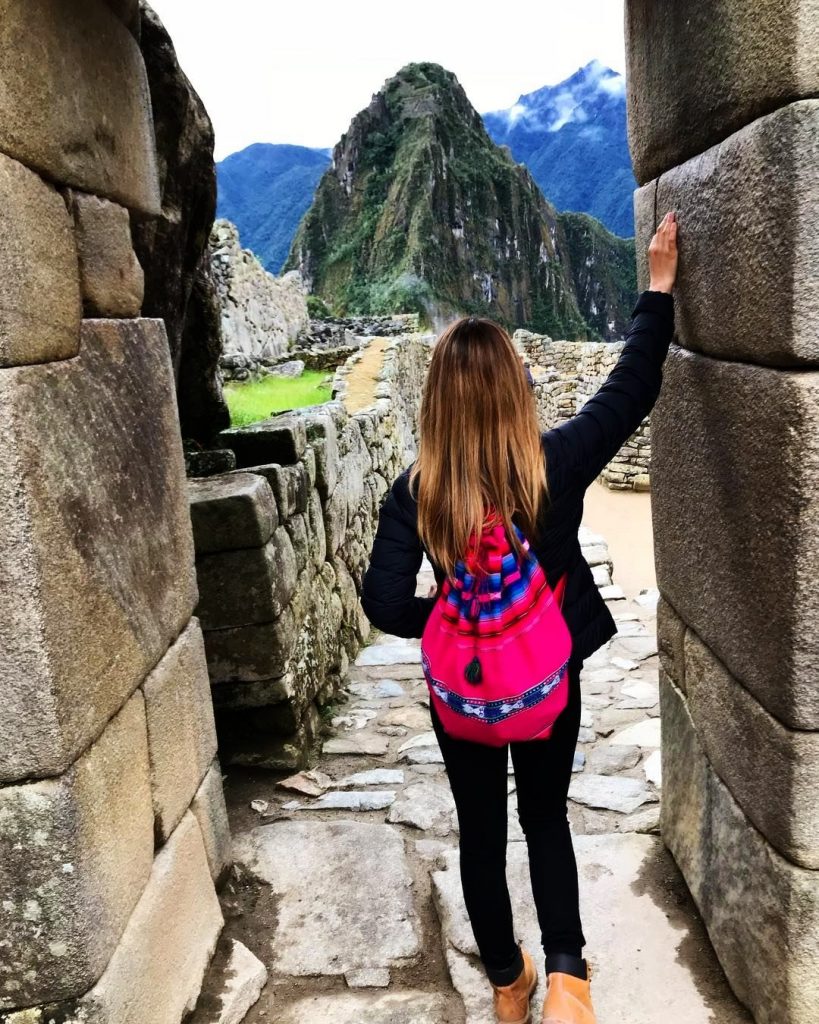
Snacks! There are many beautiful places along the trail to admire the landscape and Inca ruins that you pass. Each one is perfect for a stop for hydration and snacks.
Your passport is essential to get through the checkpoints along the trail. You should always keep your documents and money with you. Sunscreen is essential in any season because you are close to the equator and at high altitude. The UV rays here are strong even with cloud cover! Always carry bug repellent and your headlamp, just in case.
The last thing to take into consideration is any medication that you might need during the day. You will not have access to your duffel carried by the porters until you get to camp.
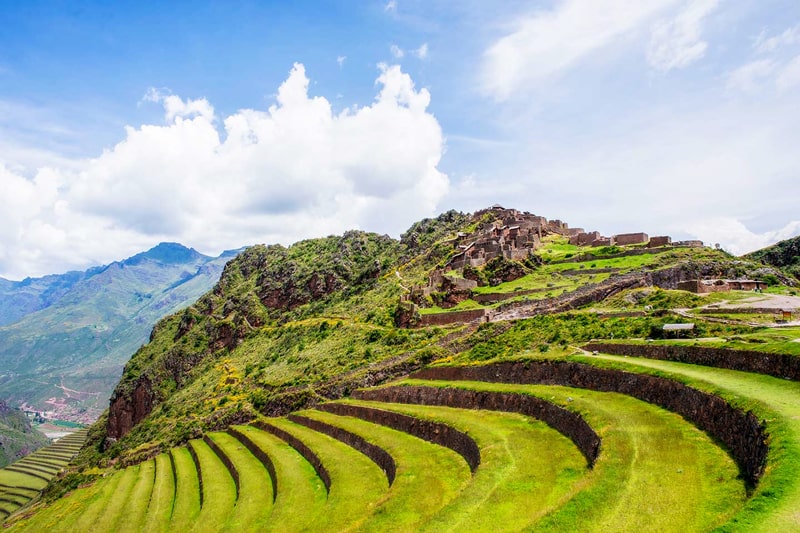
6. Should I bring medication with me?
Of course! Consult your doctor and a travel clinic for anything you should bring with you. We also recommend that you bring medication for some of the common issues that travelers experience: headaches, muscle aches, upset stomach, diarrhea or constipation.
7. How do I acclimatize to the altitude before the trek?
Spending at least one day in Cusco and one in the Sacred Valley is highly recommended. If you have been somewhere at altitude before coming to Cusco, such as Puno, Arequipa or Bolivia, then one day should be fine. (Tour sacred valley), City tour
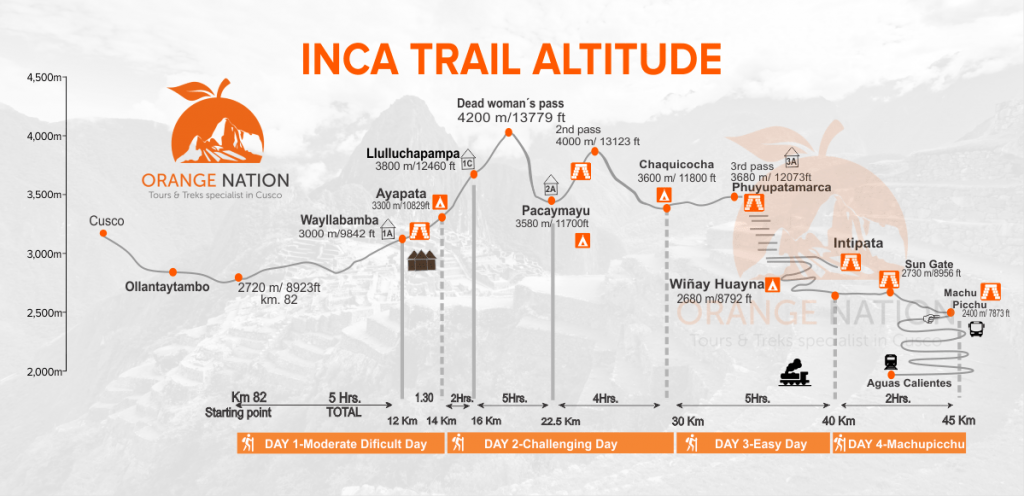
Being in good physical condition can also help you adjust to altitude. Regardless of physical condition, most people experience headaches the first couple days and feel short of breath.
This is completely normal and nothing to worry about! The best remedy is ibuprofen, water and rest.
8. How far in advance do I have to book my Inca Trail permits?
It is recommended that you plan your dates about a year in advance. There is a limited number of permits available for each day and once the Peruvian government has sold them, they are gone. Even if somebody cancels, their permit is not resold.
When you book your Inca Trail permits, you must be sure of the date that you have chosen. Permits purchased are non-refundable and non-transferrable, per government regulations.
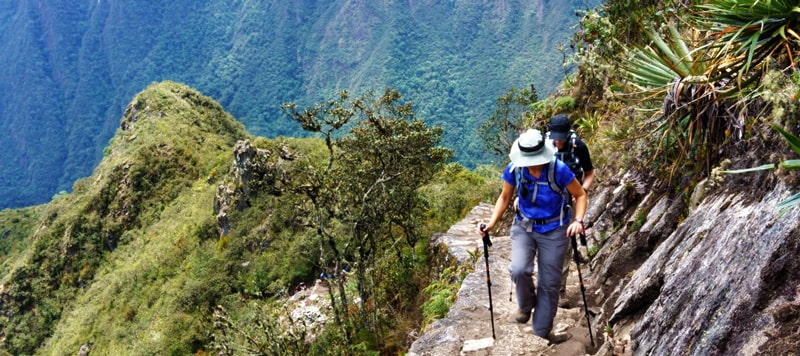
9. When is the best time of year to do the Inca Trail?
Many people hike the Inca Trail during the dry season, between April and September.
However, it is also beautiful during the rainy season! Only during the rains can you appreciate the ingenuity of Incan architectural engineering when you see the canals and drainage systems designed hundreds of years ago still functioning perfectly. The trail is completely closed during February for maintenance, but every other month the trail hosts happy hikers!
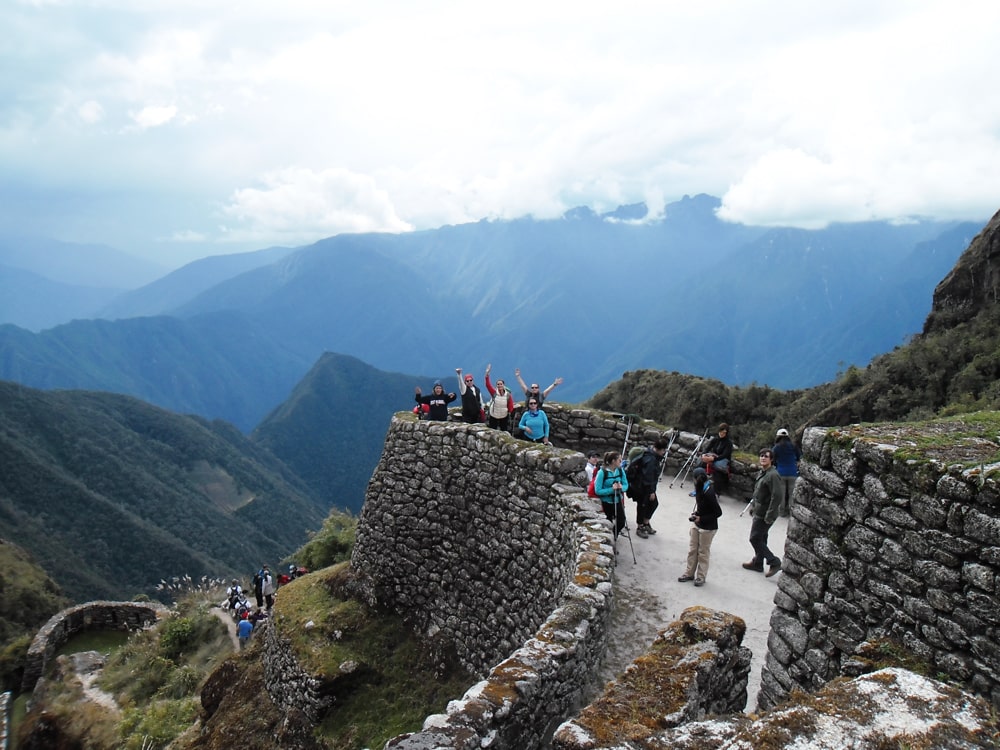
10. Can I bring my children with me on the Inca Trail?
Yes! Although physically challenging, many young people successfully complete the Inca Trail every year.
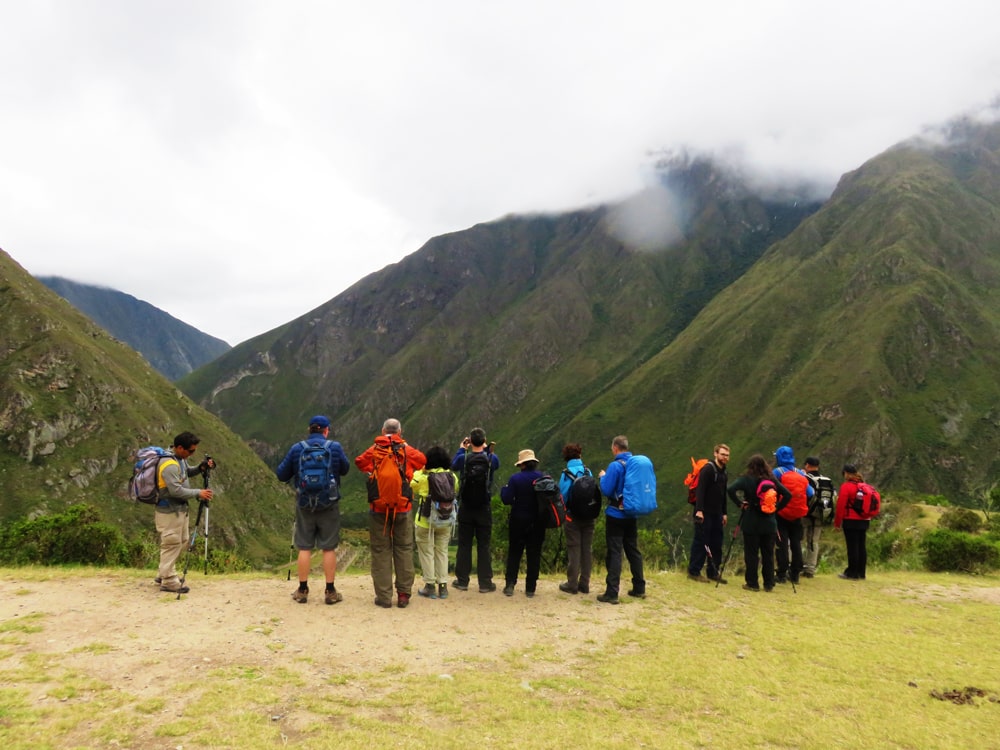
Families with children 12 and younger should consult their pediatrician about the physical demands of hiking at altitude. However, active and energetic children can fully enjoy the magic and mystery of the Inca Trail.
